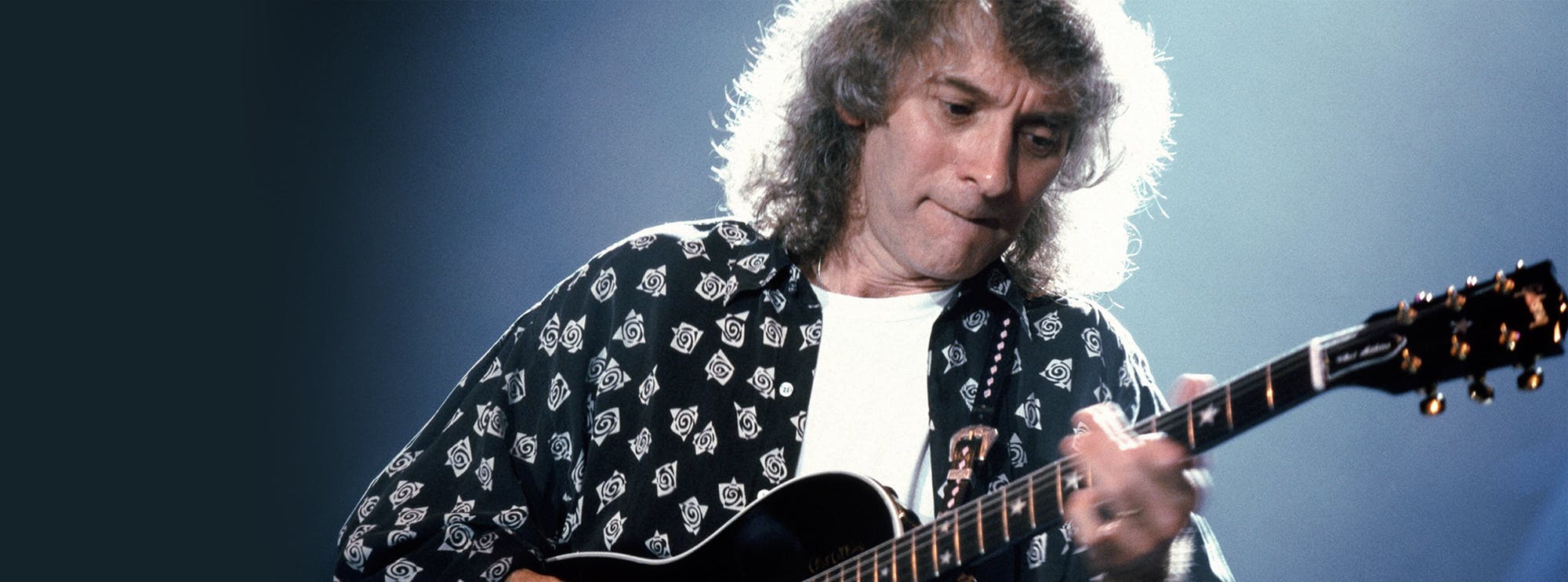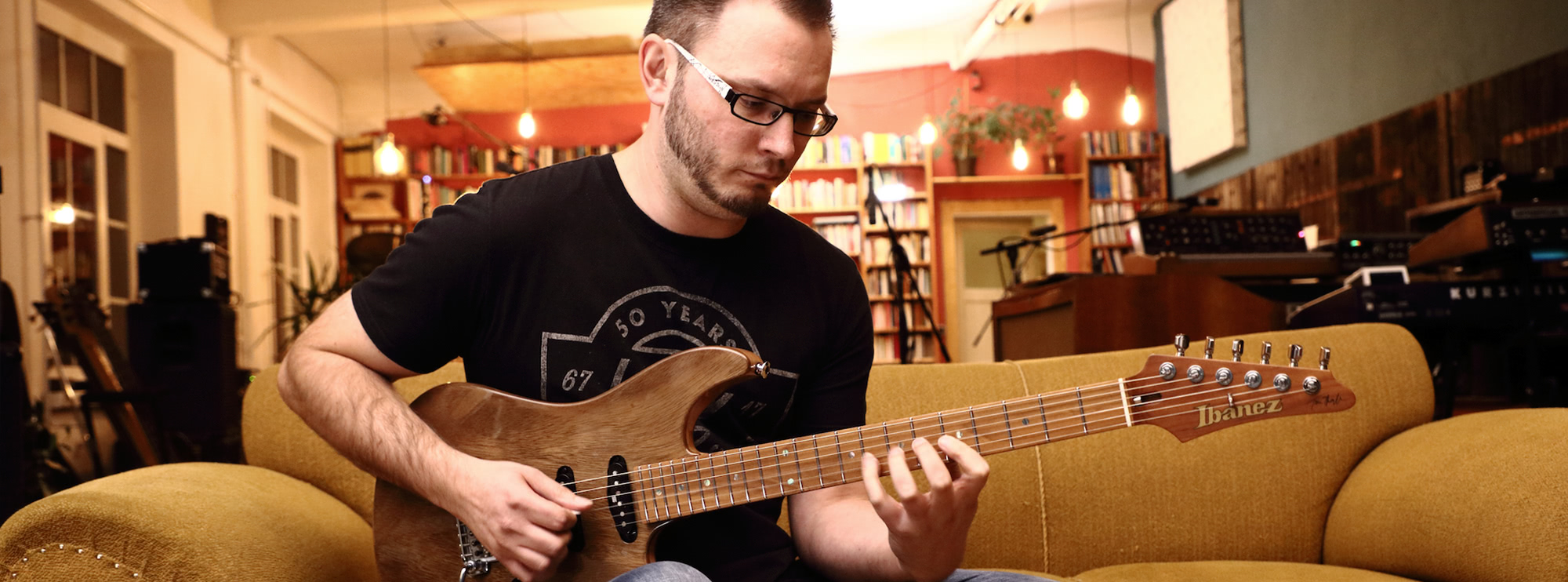"So Lonely" by The Police
Learn to master "So Lonely," one of The Police’s iconic hits, through our detailed note-for-note guitar lesson at Licklibrary.com. Released in 1978, "So Lonely" perfectly captures the energetic reggae-infused rock sound that defined The Police’s early career. In this comprehensive guitar lesson, we break down all the essential guitar parts and techniques found in the song, helping you not only to replicate the original track authentically but also to expand your skills and musical vocabulary. Whether you're a beginner guitarist looking to learn classic riffs or an advanced player aiming to refine your technique, this lesson will provide valuable insights into one of rock's greatest bands. Michael Casswell breaks down this classic track in this exclusive Lick Library video tutorial.
Guitar Techniques Used in "So Lonely"
1. Barre Chords and Power Chords
At the heart of "So Lonely" lies the foundational use of barre chords and power chords. Barre chords provide the flexibility to shift chord shapes up and down the neck effortlessly, creating rhythmic precision and harmonic depth. Power chords add drive and energy to the choruses, making them sound dynamic and punchy. By mastering these chords, you'll significantly improve your fretboard navigation, rhythm playing, and the overall sound of your guitar performance, particularly when playing rock or reggae-inspired music.
2. Palm Muting
Another crucial technique explored in this lesson is palm muting, an essential skill for achieving tight, rhythmic control. In "So Lonely," palm muting adds rhythmic definition to the verse sections, accentuating the reggae-inspired grooves of the track. By learning effective palm muting, you'll enhance your rhythmic precision and add a professional, polished sound to your playing. It’s a skill beneficial not just for reggae and ska styles, but also rock, metal, and many other guitar-centric genres.
3. Arpeggiated Chord Progressions
"So Lonely" prominently features arpeggiated chord progressions, which involve playing chord tones individually instead of simultaneously strumming. This technique adds melodic richness and harmonic clarity to the verses, creating the unique soundscape associated with The Police. Learning arpeggiation will improve your picking accuracy, hand coordination, and understanding of harmony. It will also equip you with skills useful for various musical styles, from pop ballads to progressive rock.
4. Syncopated Rhythms
The reggae flavour of "So Lonely" is characterised by syncopated rhythms, emphasising beats and subdivisions outside the standard pulse. This rhythmic style provides a groove-based feel that defines the song's catchy, danceable vibe. Understanding and mastering syncopated rhythms will greatly enhance your rhythmic versatility and help you develop a more sophisticated and nuanced sense of timing, essential for playing not only reggae and ska but funk, jazz, and modern pop.
5. Slides and String Bending
Lead guitar lines in "So Lonely" also utilise slides and string bending, two expressive techniques vital for emotional and dynamic playing. Slides smoothly connect notes across the fretboard, adding fluidity and expression to melodic phrases. String bending gives the guitar its vocal-like quality, making solos more compelling and expressive. By refining these techniques, you'll gain greater emotional depth in your soloing, boosting your confidence in improvisational situations and improving your overall phrasing.
Guitarist Spotlight: Andy Summers and His Influence
The Police’s guitarist, Andy Summers, is renowned for his distinctive guitar work that seamlessly blends rock, reggae, jazz, and punk. Summers’ innovative use of rhythmic textures, atmospheric chord voicings, and subtle melodic solos has influenced generations of guitarists across various genres. In "So Lonely," Summers demonstrates his mastery of rhythmic intricacy, melodic clarity, and tonal creativity, making the song a perfect example of his groundbreaking style. By studying Summers' playing, guitarists gain insight into his unique approach, greatly enhancing their musical versatility and expanding their sonic palette. His contributions to guitar playing remain relevant and influential, illustrating how mastering these techniques can significantly elevate your musicianship.
Guitar Techniques Used in This Lesson:
About The Tutor
Tutor Profile
Michael Casswell
It is with great sadness that we post the news of Michael Casswell's tragic death in a swimming accident while on holiday in Spain. All of us at Licklibrary are shocked and saddened by MIke's passing, and our deepest sympathies go out to his family at this difficult time. Michael...




